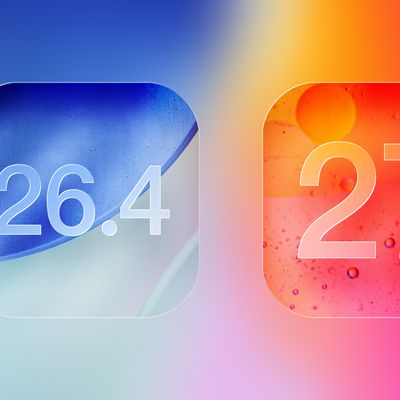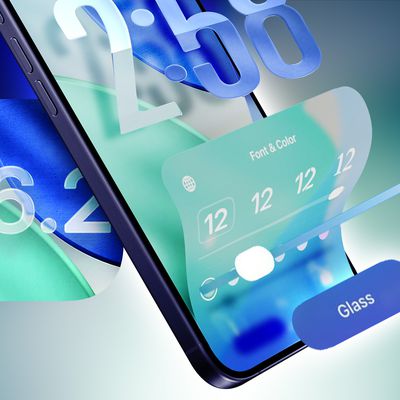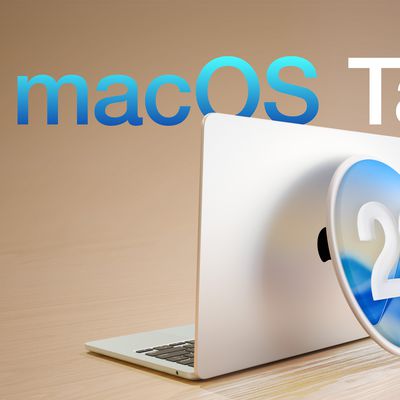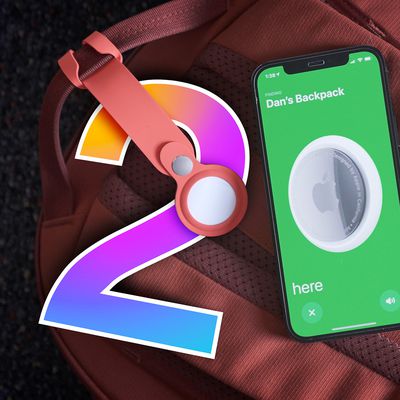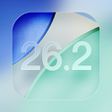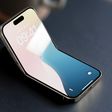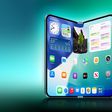Apple Working on Thinner, Brighter Displays at Secret Taiwanese Lab
Apple opened a secret laboratory in northern Taiwan earlier this year to develop thinner, lighter and brighter displays for future Apple devices, according to a new report from Bloomberg. Apple has also been recruiting talent from local display maker AU Optronics Corp. and Qualcomm to work at the new factory.
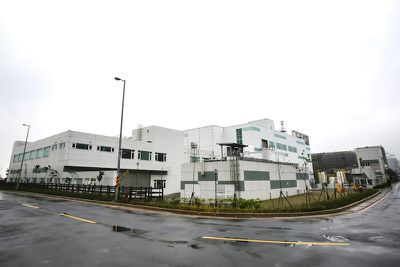
Apple began operating the lab this year as it aims to make products thinner, lighter, brighter and more energy-efficient. Engineers are developing more-advanced versions of the liquid-crystal displays currently used in iPhones, iPads and Mac personal computers, the people said. Apple also is keen to move to organic light-emitting diodes, which are even thinner and don’t require a backlight, they said.
The facility, which was owned by Qualcomm, is still being staffed and currently has 50 employees. Apple has listed two job postings for the new Taiwan factory on its careers page. Both jobs require experience working with display technologies.
Bloomberg was able to confirm that the factory is operated by Apple, noting that there was an Apple logo in the receptionist's area and that employees wore Apple ID badges. However, neither Apple nor any of the employees commented on what was being worked on inside the facility.
Last week it was reported that Japan Display was planning to begin mass production of OLED displays for future iPhones in Spring 2018. The joint venture by Hitachi, Sony and Toshiba is reportedly in negotiations with Apple to secure OLED orders for future iPhones.
Last month, KGI Securities analyst Ming-Chi Kuo reported that Apple would not switch to OLED displays for the next three years while Nikkei reported that the Cupertino company planned to make the switch in Spring 2018. Apple supplier Foxconn is preparing to invest in advanced TFT-LCD production lines in China for mass production in 2018. Apple currently uses TFT-LCD displays in its iPhones.
The move would allow Apple to reduce its reliance on suppliers like Sharp, LG, Samsung and Japan Display. Apple has a long history of researching and designing its own components in-house and then outsourcing the manufacturing to suppliers like Foxconn.
Popular Stories
Macworld's Filipe Espósito today revealed a handful of features that Apple is allegedly planning for iOS 26.4, iOS 27, and even iOS 28.
The report said the features are referenced within the code for a leaked internal build of iOS 26 that is not meant to be seen by the public. However, it appears that Espósito and/or his sources managed to gain access to it, providing us with a sneak peek...
Apple seeded the second iOS 26.2 Release Candidate to developers earlier this week, meaning the update will be released to the general public very soon.
Apple confirmed iOS 26.2 would be released in December, but it did not provide a specific date. We expect the update to be released by early next week.
iOS 26.2 includes a handful of new features and changes on the iPhone, such as a new...
Apple today released iOS 26.2, the second major update to the iOS 26 operating system that came out in September, iOS 26.2 comes a little over a month after iOS 26.1 launched. iOS 26.2 is compatible with the iPhone 11 series and later, as well as the second-generation iPhone SE.
The new software can be downloaded on eligible iPhones over-the-air by going to Settings >...
Apple today released new firmware designed for the AirPods Pro 3 and the prior-generation AirPods Pro 2. The AirPods Pro 3 firmware is 8B30, up from 8B25, while the AirPods Pro 2 firmware is 8B28, up from 8B21.
There's no word on what's include in the updated firmware, but the AirPods Pro 2 and AirPods Pro 3 are getting expanded support for Live Translation in the European Union in iOS...
Apple today released macOS Tahoe 26.2, the second major update to the macOS Tahoe operating system that came out in September. macOS Tahoe 26.2 comes five weeks after Apple released macOS Tahoe 26.1.
Mac users can download the macOS Tahoe update by using the Software Update section of System Settings.
macOS Tahoe 26.2 includes Edge Light, a feature that illuminates your face with soft...
The AirTag 2 will include a handful of new features that will improve tracking capabilities, according to a new report from Macworld. The site says that it was able to access an internal build of iOS 26, which includes references to multiple unreleased products.
Here's what's supposedly coming:
An improved pairing process, though no details were provided. AirTag pairing is already...
Apple today released iPadOS 26.2, the second major update to the iPadOS 26 operating system released in September. iPadOS 26.2 comes a month after iPadOS 26.1.
The new software can be downloaded on eligible iPads over-the-air by going to Settings > General > Software Update.
iPadOS 26.2 continues with the multitasking improvements that were added with iPadOS 26.1. You can now drag and...
Apple today released iOS 26.2, iPadOS 26.2, and macOS 26.2, all of which introduce new features, bug fixes, and security improvements. Apple says that the updates address over 20 vulnerabilities, including two bugs that are known to have been actively exploited.
There are a pair of WebKit vulnerabilities that could allow maliciously crafted web content to execute code or cause memory...



